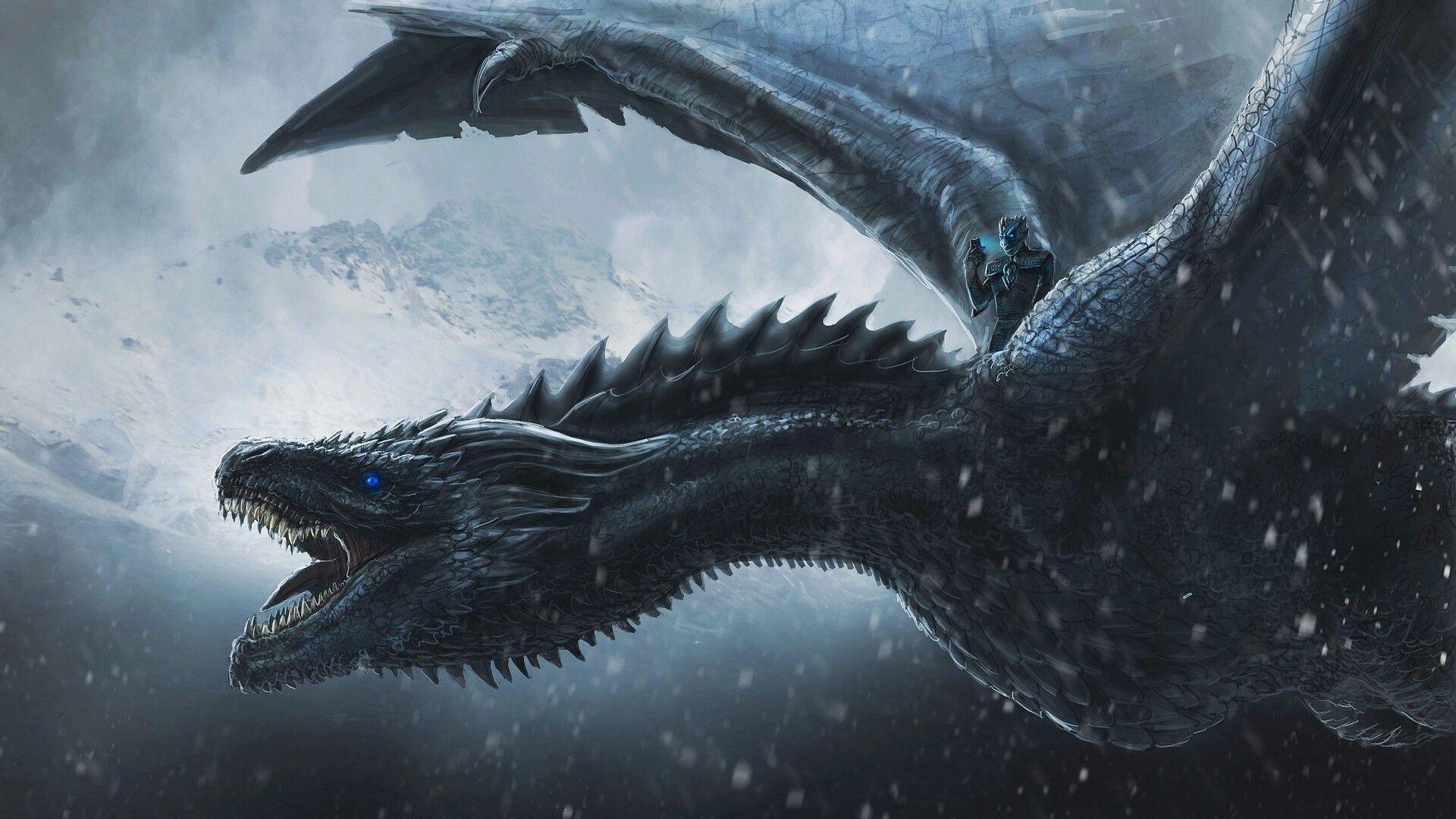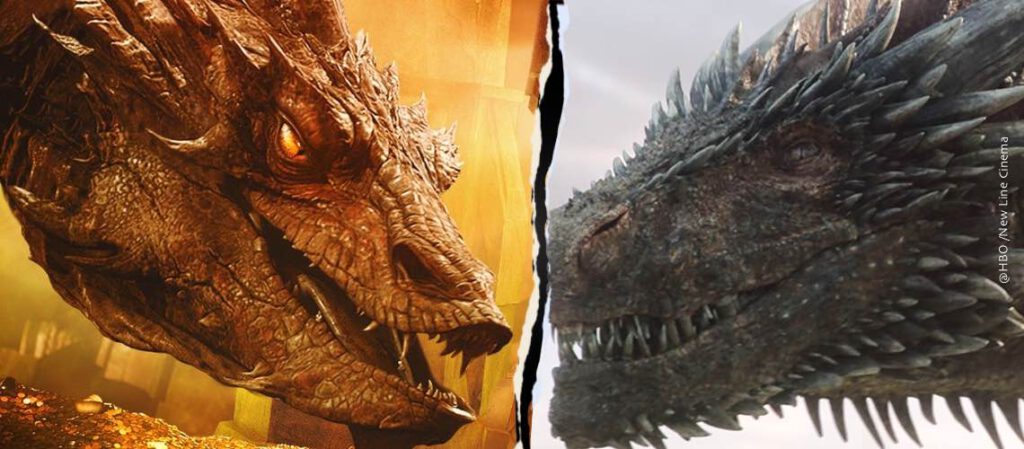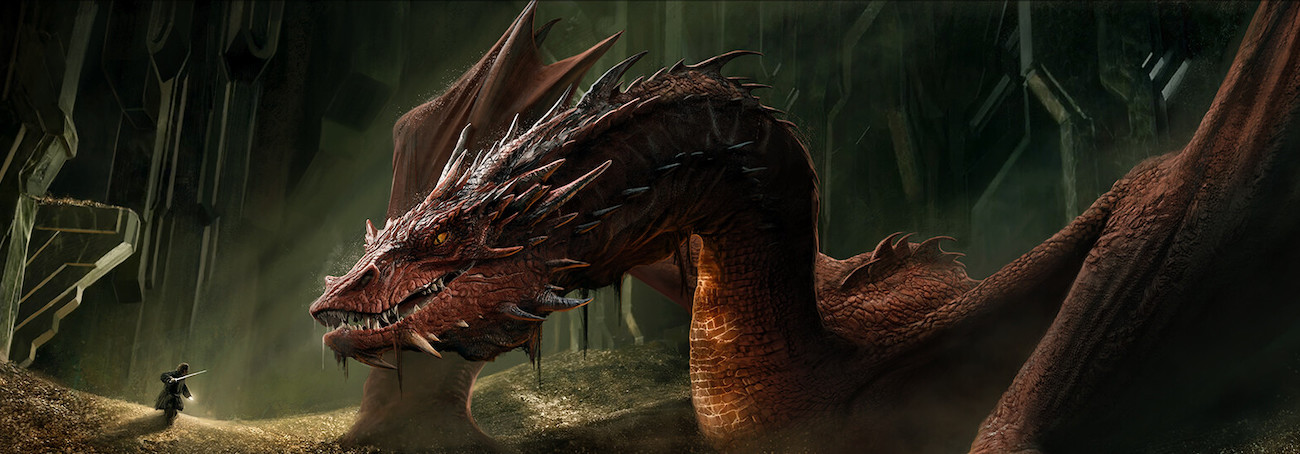From Smaug to Drogon: A Roaring Historical past of Dragons on Display screen
Associated Articles: From Smaug to Drogon: A Roaring Historical past of Dragons on Display screen
Introduction
With enthusiasm, let’s navigate by the intriguing matter associated to From Smaug to Drogon: A Roaring Historical past of Dragons on Display screen. Let’s weave fascinating data and provide recent views to the readers.
Desk of Content material
From Smaug to Drogon: A Roaring Historical past of Dragons on Display screen

Dragons. Majestic, terrifying, and completely charming creatures of fable and legend. For hundreds of years, they’ve fueled our imaginations, inspiring tales of heroism, greed, and the enduring battle between good and evil. Their presence on the silver display screen and streaming companies displays this enduring fascination, evolving from easy stop-motion animation to breathtaking CGI spectacles. From the earliest makes an attempt to carry these legendary beasts to life to the delicate visible results of recent productions, the cinematic portrayal of dragons presents an enchanting lens by which to look at the altering panorama of filmmaking and the enduring energy of storytelling.
Early depictions of dragons in movie had been, understandably, restricted by technological constraints. The traditional Ray Harryhausen stop-motion animation in movies like "Jason and the Argonauts" (1963) supplied a landmark second. Whereas removed from photorealistic, Harryhausen’s dragons possessed a tangible presence, their actions imbued with a stunning grace and menace. This method, painstaking and time-consuming, allowed for a stage of character and expressiveness that was revolutionary for its time. The dragon’s design, a mix of serpentine physique and reptilian head, turned an iconic picture, influencing subsequent depictions. These early efforts, whereas technically rudimentary in comparison with trendy requirements, demonstrated a dedication to bringing the fantastical to life, setting the stage for future improvements.
The appearance of computer-generated imagery (CGI) revolutionized the depiction of dragons. Whereas early CGI dragons typically appeared stiff and unconvincing, the know-how quickly superior, permitting for more and more lifelike and nuanced portrayals. Disney’s "Pete’s Dragon" (1977) supplied a gentler, extra whimsical tackle the creature, Eliott, a furry, pleasant dragon who served as a comforting presence for the movie’s younger protagonist. This contrasted sharply with the extra monstrous depictions present in different movies, demonstrating the flexibility of the dragon archetype.
The Eighties and 90s noticed a gentle enchancment in CGI know-how, although limitations remained. Movies like "Dragonslayer" (1981) pushed the boundaries of sensible results and early CGI, leading to a visually spectacular, albeit considerably restricted, dragon. The movie’s concentrate on the connection between a sorcerer and his monstrous creation supplied a extra complicated exploration of the dragon’s function within the narrative, transferring past easy good versus evil tropes. This era additionally noticed the rise of animated movies that includes dragons, typically incorporating components of fantasy and journey. Movies like "The Flight of Dragons" (1982), a novel mix of animation types, explored the potential of dragons inside a extra mature, albeit nonetheless family-friendly, context.
The flip of the millennium witnessed a major leap ahead in CGI know-how. The dragon in "Reign of Hearth" (2002) showcased a stage of realism beforehand unseen, that includes extremely detailed scales, lifelike motion, and a palpable sense of energy. Whereas the movie itself acquired combined critiques, the visible results surrounding the dragons had been extensively praised, demonstrating the progress made in creating plausible and imposing creatures. This period additionally noticed the resurgence of dragons in animated movies, with DreamWorks’ "Methods to Prepare Your Dragon" (2010) and its sequels setting a brand new customary for each animation and storytelling. The movie’s concentrate on the unlikely friendship between a Viking boy and a dragon, Toothless, proved massively profitable, endearing the viewers to a creature typically portrayed as purely antagonistic.
Nonetheless, essentially the most vital influence on the portrayal of dragons arguably got here with HBO’s "Recreation of Thrones" (2011-2019). The present’s dragons, Drogon, Rhaegal, and Viserion, weren’t simply spectacular visible results; they turned integral characters, evolving alongside Daenerys Targaryen, their rider. The sheer scale and element of the dragons, mixed with their lifelike actions and behaviours, had been groundbreaking. Their presence basically formed the narrative, influencing plot factors, character arcs, and the general tone of the sequence. The dragons in "Recreation of Thrones" transcended easy monster standing, changing into symbols of energy, destruction, and the complicated nature of ambition.
The success of "Recreation of Thrones" spurred a renewed curiosity in dragon-centric narratives, influencing subsequent productions. The Netflix sequence "The Witcher" (2019-present) options numerous dragons, although their portrayal differs considerably from these seen in "Recreation of Thrones." The Witcher dragons are much less overtly symbolic and extra akin to highly effective, harmful beasts, reflecting the completely different tone and world-building of the sequence. This highlights the adaptability of the dragon archetype and its capability to suit into numerous narrative contexts.
The present panorama of dragon-centric media continues to evolve. Animated movies and exhibits proceed to discover the potential of dragons in family-friendly settings, whereas live-action productions push the boundaries of visible results and storytelling. The latest resurgence of curiosity in fantasy and mythological themes has additional fueled the creation of latest dragon-related content material, making certain that these magnificent creatures will proceed to captivate audiences for years to come back.
The journey of the cinematic dragon displays the evolution of filmmaking itself. From the rudimentary strategies of stop-motion animation to the delicate artistry of recent CGI, the dragon has served as a relentless testing floor for technological innovation and artistic storytelling. However past the technical features, the enduring attraction of dragons lies of their symbolic energy. They characterize primal forces, untamed energy, and the mysterious attract of the unknown. They’re creatures of fable and legend, able to inspiring each awe and terror, and their presence on display screen continues to resonate with audiences on a profound stage. As know-how advances and storytelling evolves, the dragon will undoubtedly proceed to play a major function within the cinematic panorama, endlessly charming our imaginations and reminding us of the enduring energy of fable and magic. The roar of the dragon on display screen is not only a visible spectacle; it is a testomony to the enduring energy of storytelling and the boundless creativity of filmmakers.








Closure
Thus, we hope this text has supplied beneficial insights into From Smaug to Drogon: A Roaring Historical past of Dragons on Display screen. We hope you discover this text informative and helpful. See you in our subsequent article!